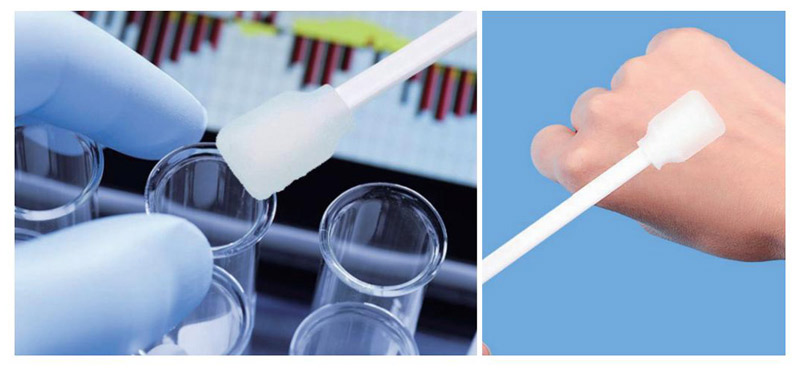Blutkreislaufinfektionen (BSI) stellen im Gesundheitswesen ein großes Problem dar, insbesondere auf Intensivstationen. Solche Infektionen können durch die Verwendung intravaskulärer Katheter entstehen, zentralvenöse Leitungen, und verschiedene invasive Verfahren. Chlorhexidine swabs are an effective tool in preventing BSIs, Sie tragen dazu bei, die Zahl der mit diesen Eingriffen verbundenen Krankenhausinfektionen zu reduzieren.

What is chlorhexidine swab
Chlorhexidine swab is made from chlorhexidine gluconate solution, which is an antiseptic agent that is highly effective in killing microorganisms. Diese Tupfer werden vor einem invasiven Eingriff auf die Haut aufgetragen, um eine bakterielle Besiedlung und andere Infektionen zu verhindern. Chlorhexidin ist auch ein antimikrobieller Breitbandwirkstoff, Das bedeutet, dass es vor vielen Arten von Bakterien und Pilzen schützen kann.
Mehrere Studien haben die Wirksamkeit von Chlorhexidin-Tupfern bei der Vorbeugung von Blutkreislaufinfektionen bestätigt. One study published in the American Journal of Infection Control found that patients in the intensive care unit who received chlorhexidine skin disinfection had significantly lower rates of bloodstream infections compared to patients receiving alcohol-based or iodine-based skin disinfection.
Another study showed that the use of chlorhexidine swabs before catheter insertion or other invasive procedures to prevent BSIs could significantly reduce the incidence of central-line-associated bloodstream infections. Zusätzlich, some clinical trials also suggest that chlorhexidine skin disinfection is cost-effective than other agents.
Chlorhexidine swabs work by killing bacteria present on the skin surface and reducing the bacterial load in the surrounding tissue. Chlorhexidine’s residual effect means that it continues to be active even after application. In comparison to other agents like povidone-iodine, chlorhexidine is more effective in reducing the bacterial skin flora, Bietet ein höheres Maß an Sicherheit gegen Kolonisierung, die zu BSI führen kann.
Abschließend, Chlorhexidin-Tupfer sind eine bewährte und wirksame Methode zur Vorbeugung von Blutkreislaufinfektionen im Gesundheitswesen. Der Einsatz von Chlorhexidin als vorbeugende Maßnahme kann das Risiko des Auftretens dieser potenziell lebensbedrohlichen Infektionen deutlich reduzieren.

















